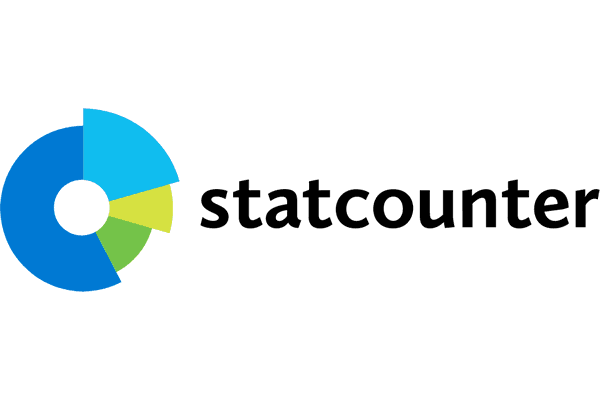Pengembangan Bahan Ajar Berbasis Masalah Terbuka dalam Pembelajaran Kalkulus.
(1) Program Studi Pendidikan Matematika, Jurusan Matematika FMIPA UNM
(2) Program Studi Pendidikan Matematika, Jurusan Matematika FMIPA UNM
(*) Corresponding Author
DOI: https://doi.org/10.35580/sainsmat102262272021
Abstract
Tujuan penelitian ini adalah untuk mengembangkan bahan ajar berbasis masalah terbuka dalam pembelajaran kalkulus yang berkualitas (valid, praktis, dan efektif). Target khusus yang akan dicapai adalah tersedianya bahan ajar kalkulus berbasis masalah terbuka berupa: Satuan Acara Perkuliahan (SAP), Lembar Kerja Mahasiswa (LKM), Buku Pegangan Mahasiswa (BPM), dan Tes Kemampuan Kalkulus (TKK). Untuk mencapai target tersebut, proses pengembangan menggunakan Model 4-D (four D Models) dari Thiagarajan (1974) yang terdiri dari empat tahap, yaitu: (1) tahap pendefinisian (define), (2) tahap perancangan (design), (3) tahap pengembangan (develop), dan (4) tahap penyebaran (disseminate). Untuk menilai kualitas bahan ajar kalkulus berbasis masalah terbuka yang dikembangkan, digunakan kriteria Nieveen, yaitu memenuhi kriteria kevalidan, kepraktisan, dan keefektifan. Untuk keperluan pengujian kualitas, maka bahan ajar diujicobakan pada mahasiswa Jurusan Matematika FMIPA UNM Makassar. Hasil penelitian menunjukkan bahwa: (1) bahan ajar berbasis masalah terbuka telah memenuhi kriteria kevalidan, (2) hasil ujicoba menunjukkan: (a) bahan ajar berbasis masalah terbuka telah memenuhi kriteria kepraktisan, (b) bahan ajar berbasis masalah terbuka telah memenuhi kriteria keefektifan.
Kata kunci: bahan ajar, masalah terbuka, kalkulus.
The purpose of this research is to develop open problem-based teaching materials in quality calculus learning (valid, practical, and effective). The specific target to be achieved is the availability of open problem-based calculus teaching materials in the form of: Lecture Program Unit (SAP), Student Worksheet (LKM), Student Handbook (BPM), and Calculus Ability Test (TKK). To achieve this target, the development process uses the 4-D Model (four D Models) from Thiagarajan (1974) which consists of four stages, namely: (1) the definition stage, (2) the design stage, (3 ) the development stage (develop), and (4) the dissemination stage (disseminate). To assess the quality of open problem-based calculus teaching materials developed, Nieveen's criteria are used, which meet the criteria of validity, practicality, and effectiveness. For the purposes of quality testing, the teaching materials were tested on students of the Mathematics Department, FMIPA UNM Makassar. The results showed that: (1) open problem-based teaching materials had met the validity criteria, (2) trial results showed: (a) open problem-based teaching materials had met the practicality criteria, (b) open problem-based teaching materials had met the effectiveness criteria.
Keywords: keyword 1, keyword 2, etc.
Full Text:
PDFArticle Metrics
Abstract view : 171 times | PDF view : 64 timesRefbacks
- There are currently no refbacks.
Copyright (c) 2021 S. Sutamrin, S. Sahid

This work is licensed under a Creative Commons Attribution-NonCommercial-ShareAlike 4.0 International License.



















